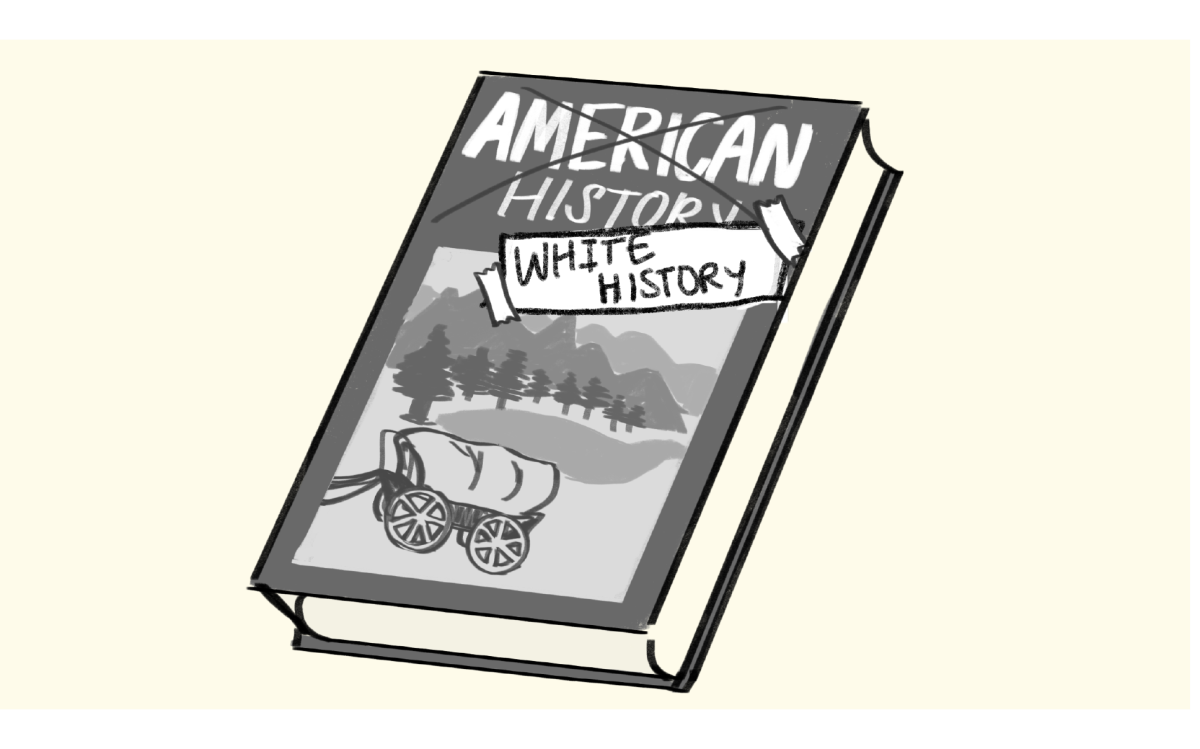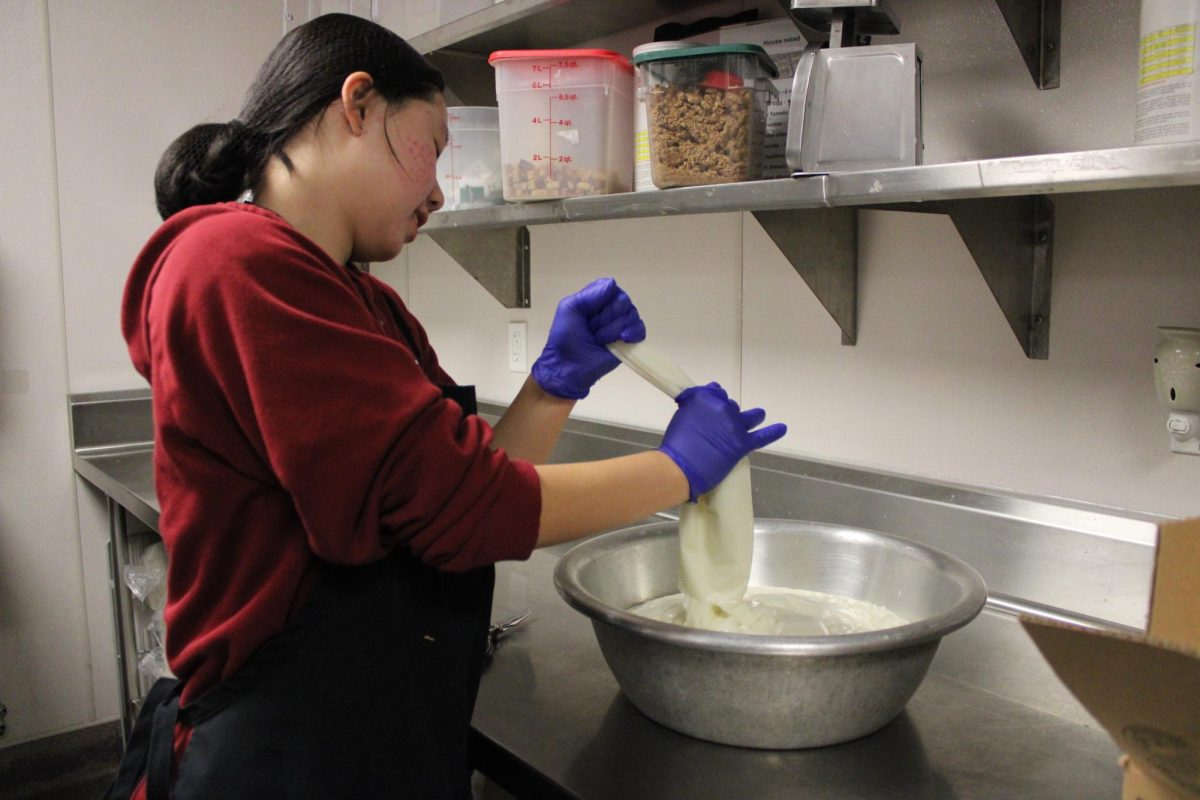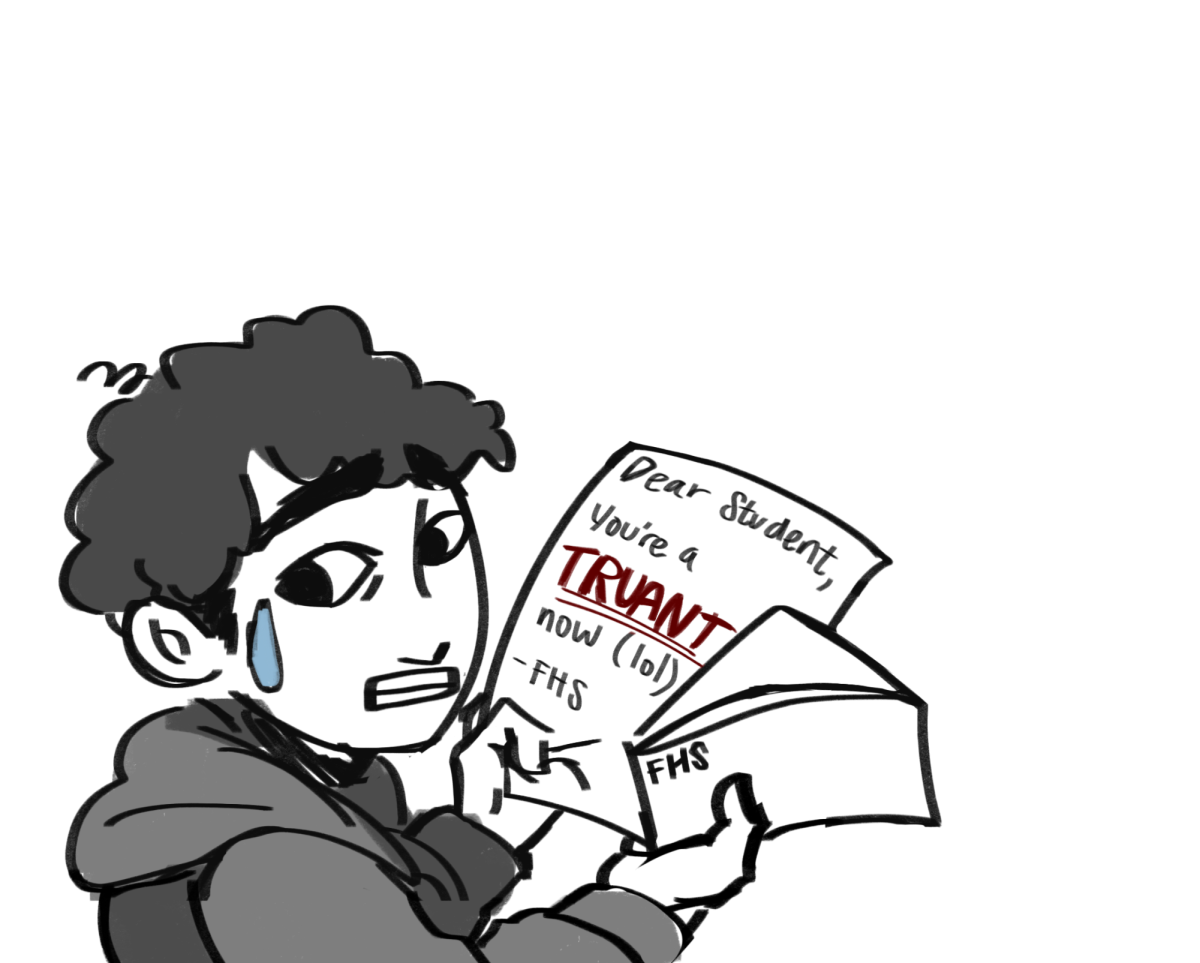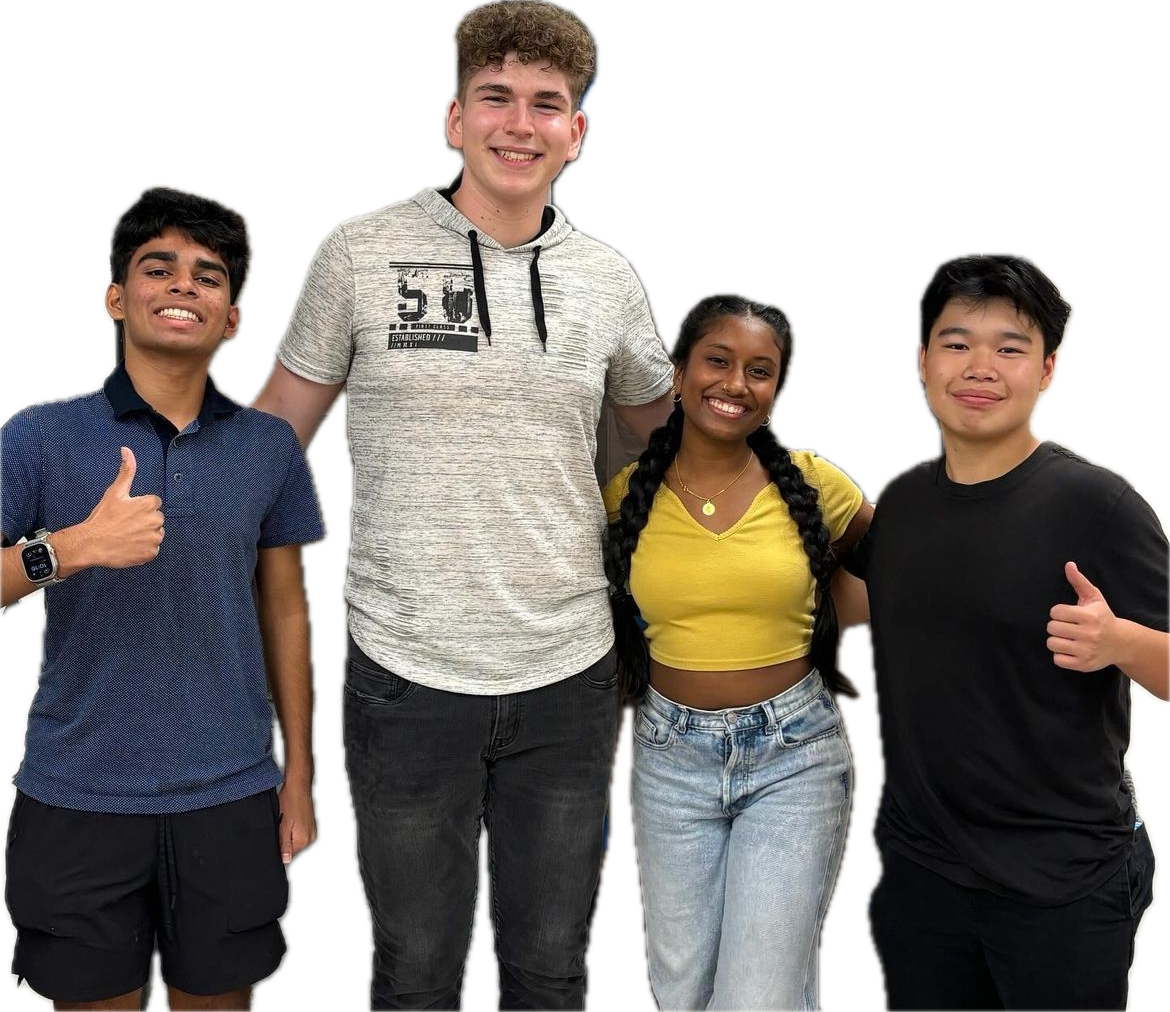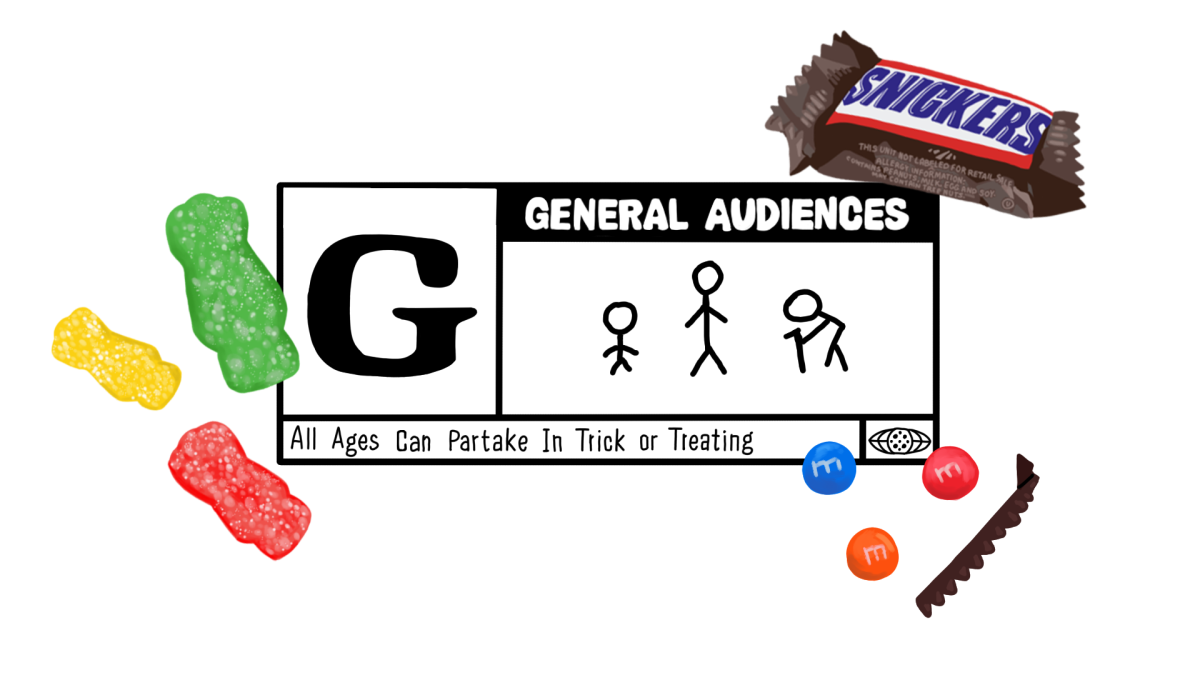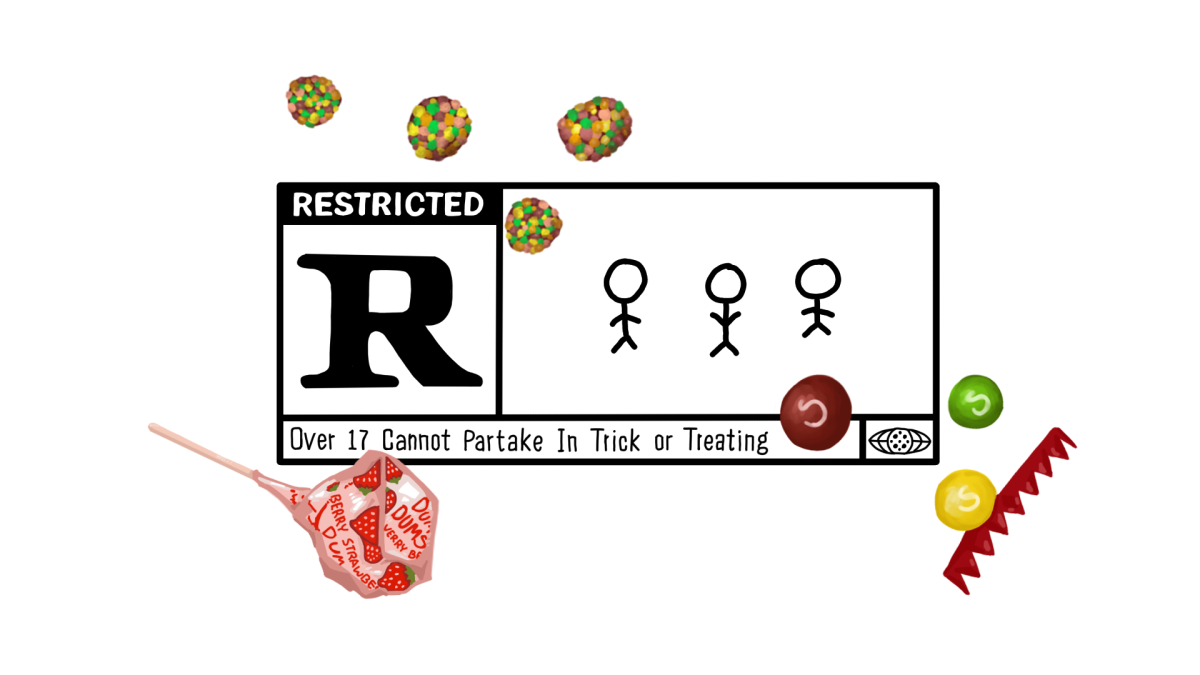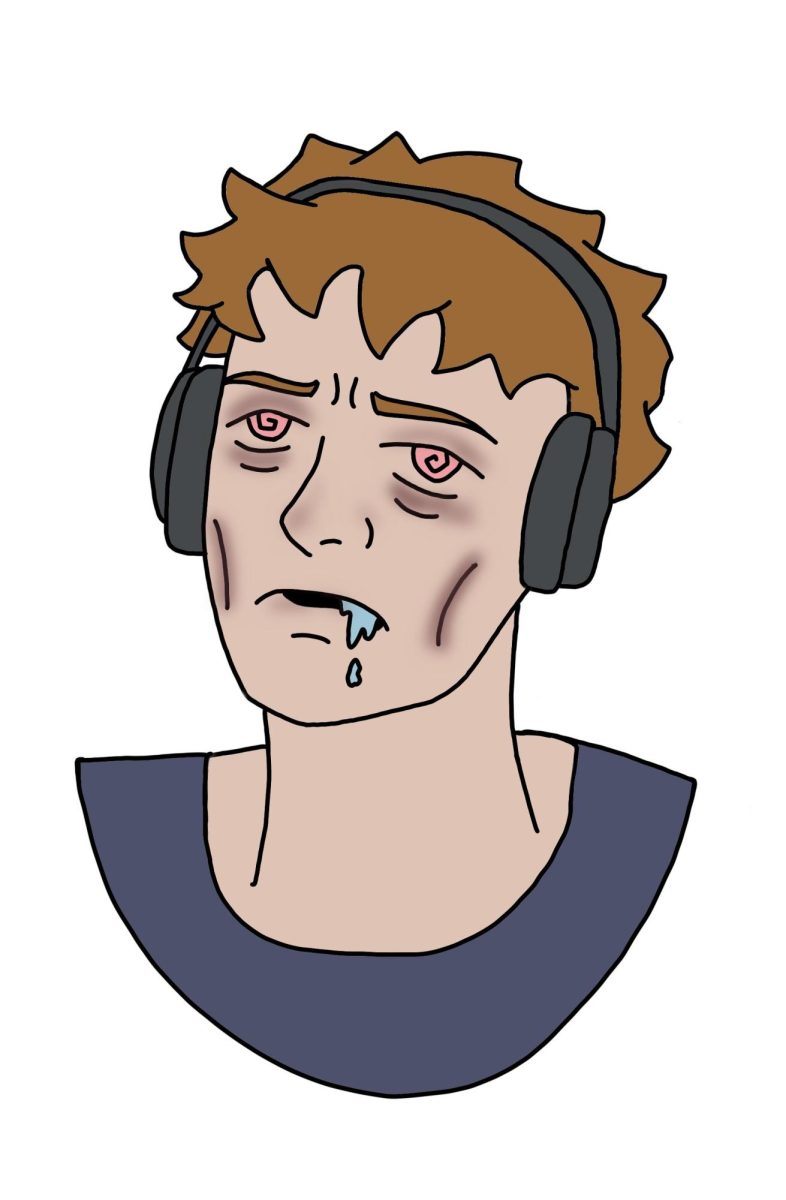What if I told you that the things you have been learning all your life in history classes are through the lens of the oppressor? That the historical events you thought you knew all about were taught to you in a biased fashion that allows oppressors to save face and stay in power? That is the reality of history as it has been taught to us. This concept is not new — dominant groups have always controlled what is shared to the people, whether in media or in schools. This phenomenon of white-washing history involves the omission of the oppressive actions of the people we are told to idolize and the erasure of experiences shared by marginalized groups. Upholding this filtered lens, rather than uplifting those who have been historically oppressed, reinforces power dynamics that we should be eliminating.
Chances are, in at least one of your history classes, you have used a state-issued textbook to learn about a specific time frame or event. In these instances, the portrayal of indigenous people often romanticized the settler experience, glossing over the violence their colonization engendered. These textbooks almost celebrate the supposed “discovery” of America, barely acknowledging the displacement and genocide that took place to get to where we are today, instead focusing on how ‘great’ America is. By downplaying the genocidal history on which this country is built, such curriculum fosters an idea that the conditions the indigenous people suffered through — such as enslavement, massacres, diseases brought by Europeans and forced conversions — were not as bad as advocates make it out to be, and perpetuates the sentiment that the conditions they continue to suffer through are not valid. Additionally, US history textbooks often connote that indigenous people were “barbaric” or “violent,” and thus justify European methods of colonization, also perpetuating the centuries-old White Savior Complex.
This idea goes hand-in-hand with the downplaying of racism and slavery in America. Although the horrors of the slave trade and plantation farms are well-documented, they are not heavily focused on in history textbooks. There are tidbits of strict codes, inevitable rebellions and essential figures mentioned in abolishing slavery. Still, the more graphic atrocities — whipping, lynching, sexual violence, branding and mutilation — are seldom touched upon. Thankfully, the FHS history department does a great job at talking about these topics, but the issue of downplaying in other institutions has had severe societal implications, which we have seen in real-time. By presenting a skewed retelling of history, educators risk creating a generation lacking awareness of current and past systemic inequalities. People start to see racism and systemic injustice as things of the past, issues that have already been solved, rather than as ongoing problems that require national attention; this is why many view modern-day movements like Black Lives Matter as issues blown out of proportion. As a result of this ignorance, the cycle of discrimination continues and we are unable to create necessary social change.
To allow for the deconstruction of this academic and social fallacy, we as a society must realize that this issue has heavy implications, and strive to relearn history from a perspective that is not that of the oppressor. We must begin to question these narratives we have been taught and realize that education is a powerful tool for change and that enabling ourselves to confront uncomfortable truths will result in a fundamental understanding of history. Change is a gradual process, not an instant transformation; it requires a leap of faith in the right direction, because it is through consistent effort and patience that meaningful growth shines through. And if we want change, we must take that leap.


